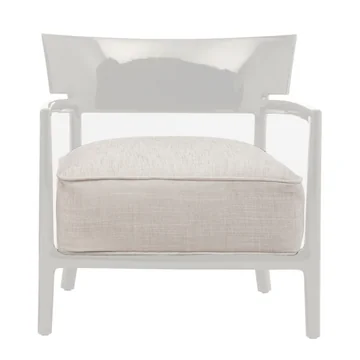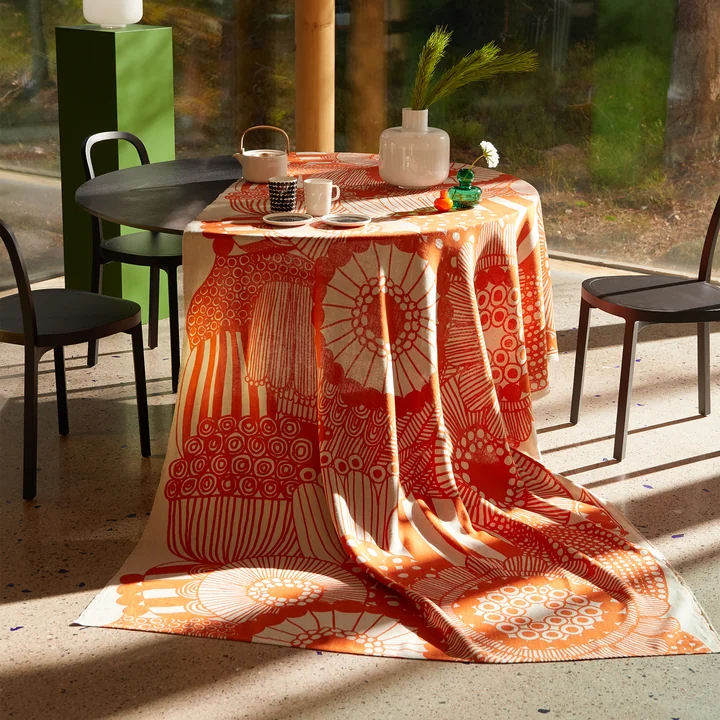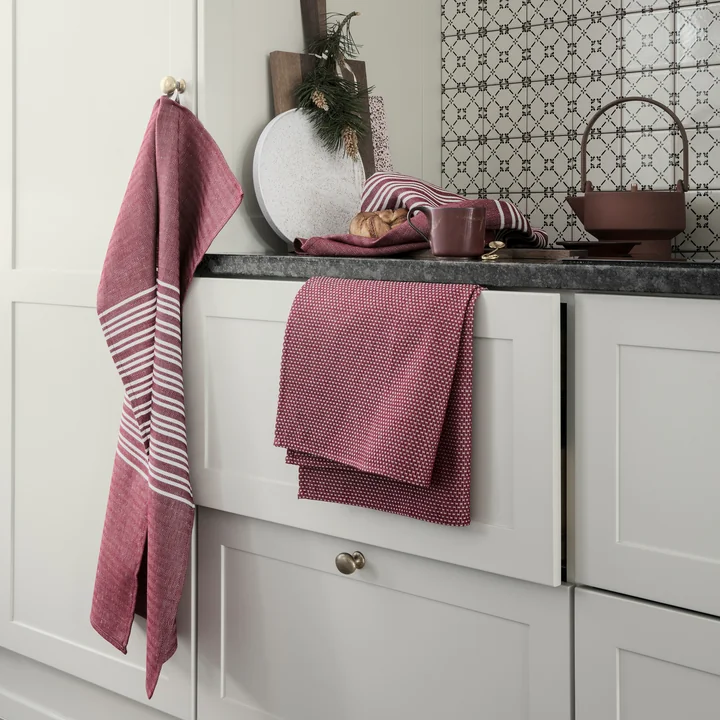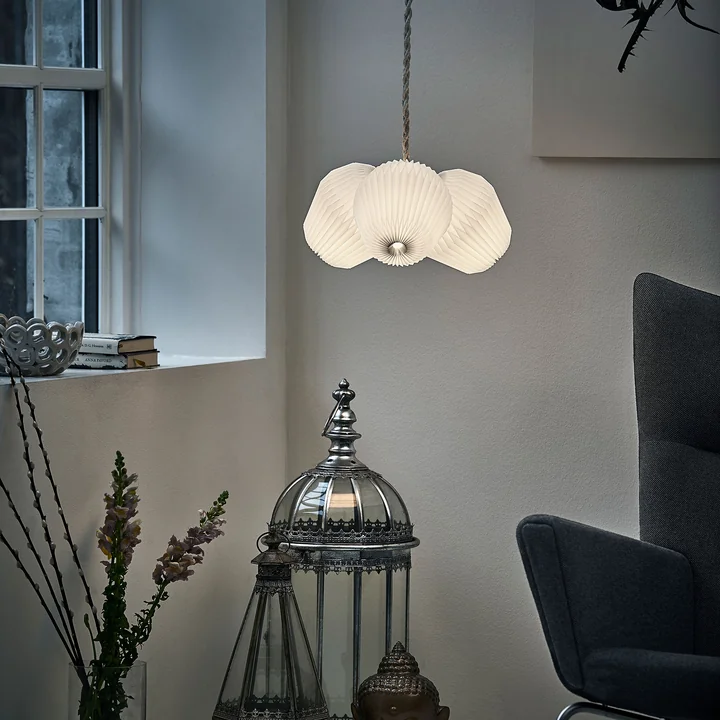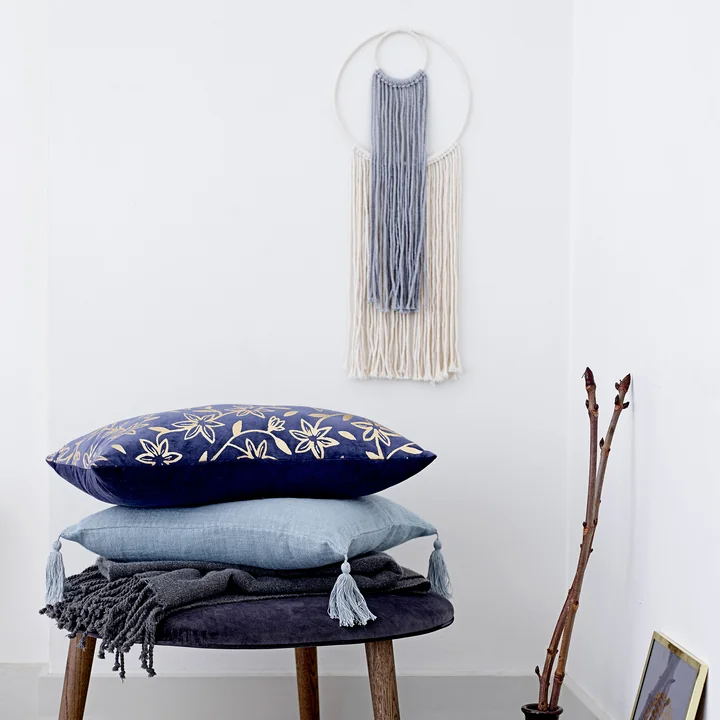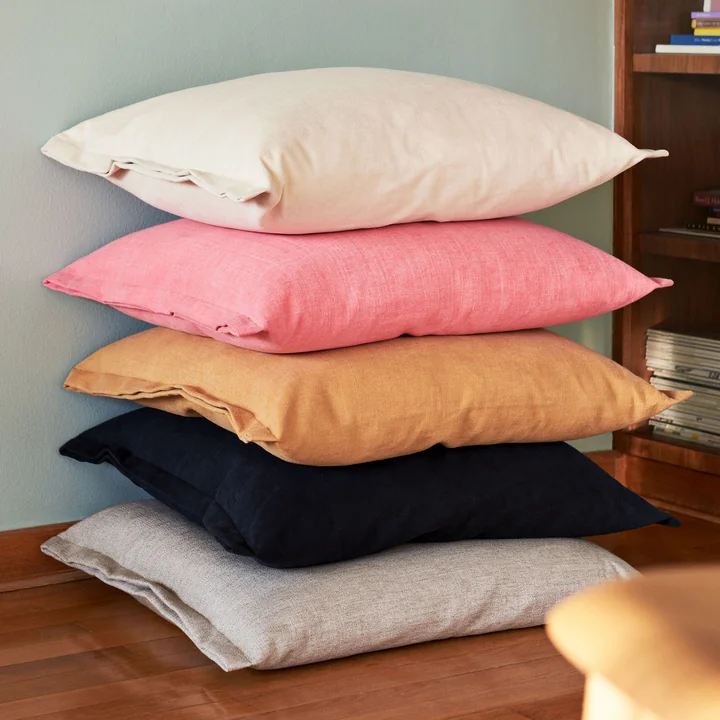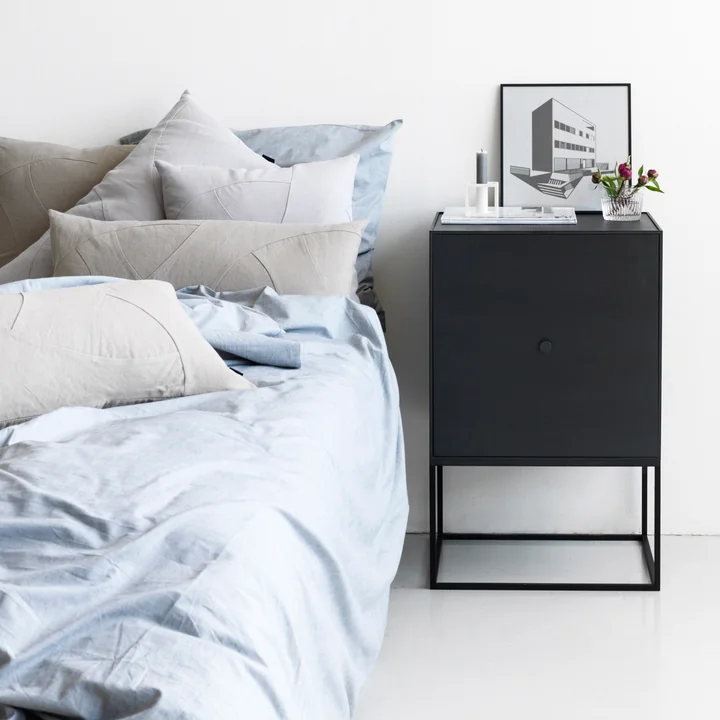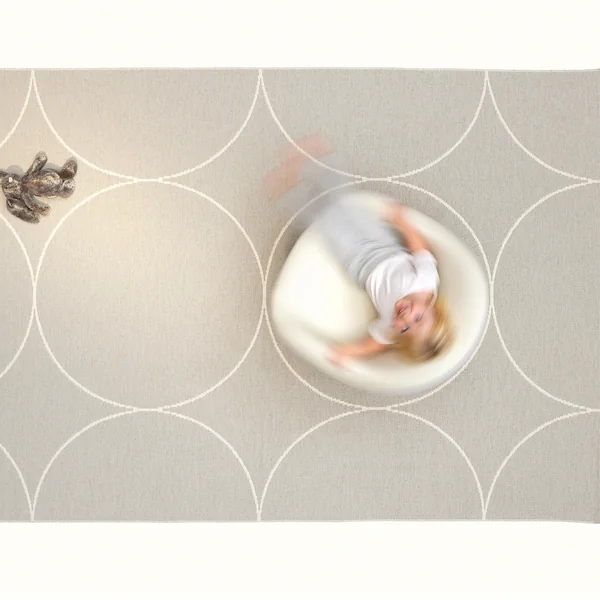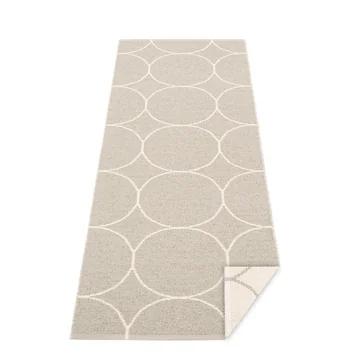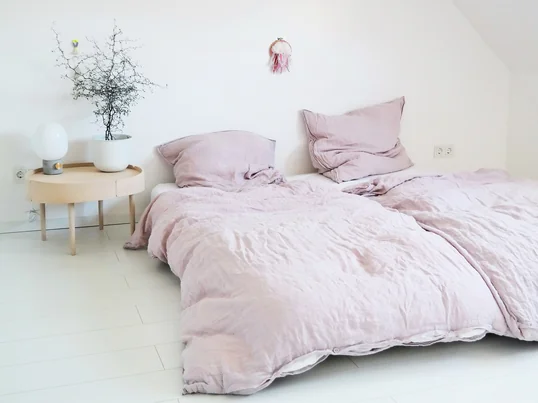Article from the 2018-05-23, of Isabelle Diekmann
Linen
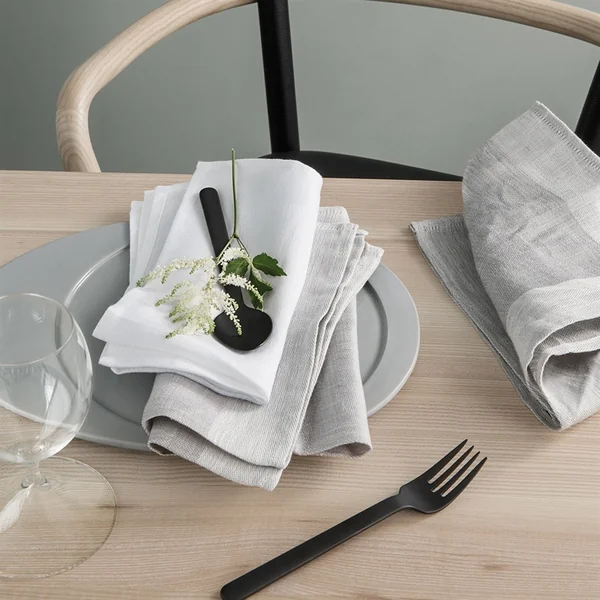
Linen already celebrated its big revival last year and since then it is impossible to imagine our closets and apartments without it. And there is a reason for that: The pleasantly soft natural fiber is light, feels fresh and dry and emits beautiful naturalness. We will show you the advantages linen has, where it is used besides in fashion and how you can take care of the popular material.
Buying Home Textiles made of Linen Home Textiles - What You Should Know:
1. What is Linen? Properties and Characteristics of the Material
2. From Kitchen to Bathroom: Use of Linen
3. Variations: Not all Linen is the Same
4. Care Tips: How to Take Care of Your Linen
5. Linen FAQ
1. What is Linen? Properties and Characteristics of the Material
Linen is a fiber from the stem of the flax plant - also known as common flax. In order not to damage the sensitive fiber, it is detached from the remaining plant tissue, refined in several sections and spun into yarn. Linen is one of the oldest textile fabrics in the world and has been used since ancient times. Even today, ecological natural fiber is valued for its unique properties.
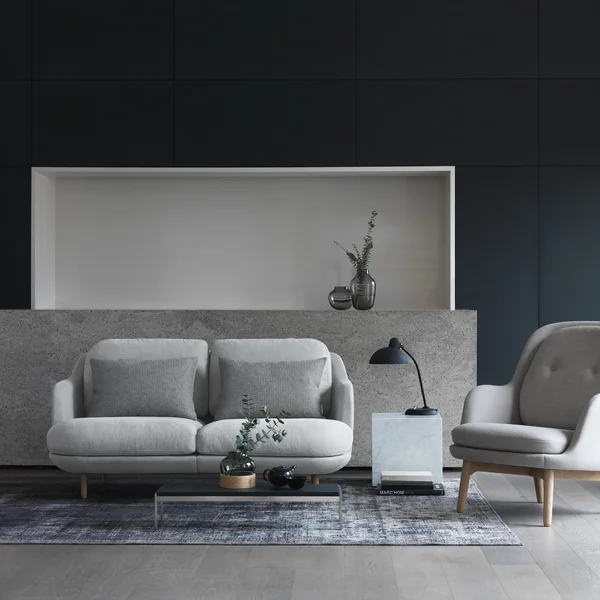
Anyone who holds linen for the first time feels the unmistakable character of the material: grippy, cool and dry. Linen fabrics are high quality and finely woven. Thanks to the smooth, easily spinnable fibers, which include air, linen is tear-resistant, inelastic, light, dirt-repellent, lint-free, bactericidal and antistatic.
Linen fabrics are loosely woven breathable and sweat reducing. They absorb the humidity and release it to the environment. Due to the cavity inside the fiber they have a high air permeability and thus a cooling effect - bedding made of linen is therefore ideal during summer.
Since dust and mites can not accumulate on the smooth surface, linen is particularly hygienic and anti-allergic. Linen bedding is therefore an absolute must for allergy sufferers. Good to know: The flax fiber is biodegradable and therefore one of the most environmentally friendly textile fibers.
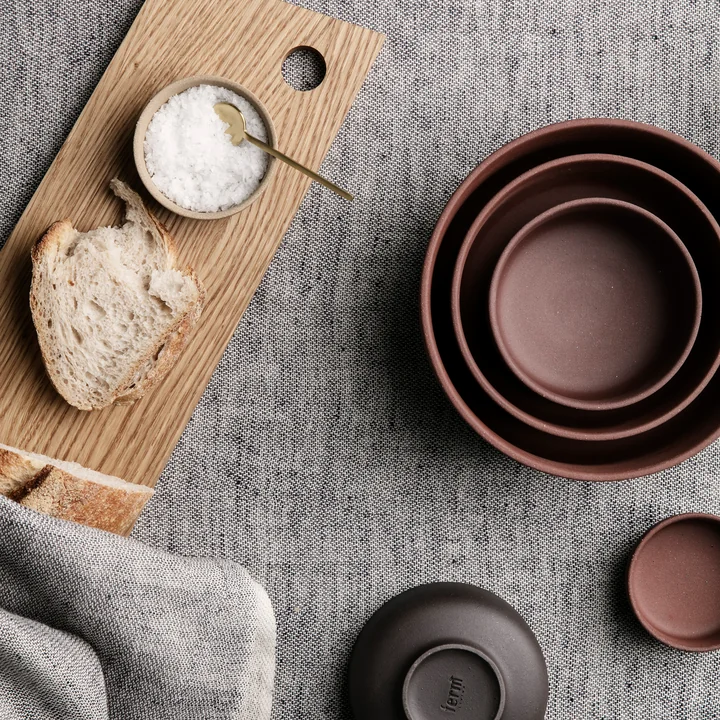
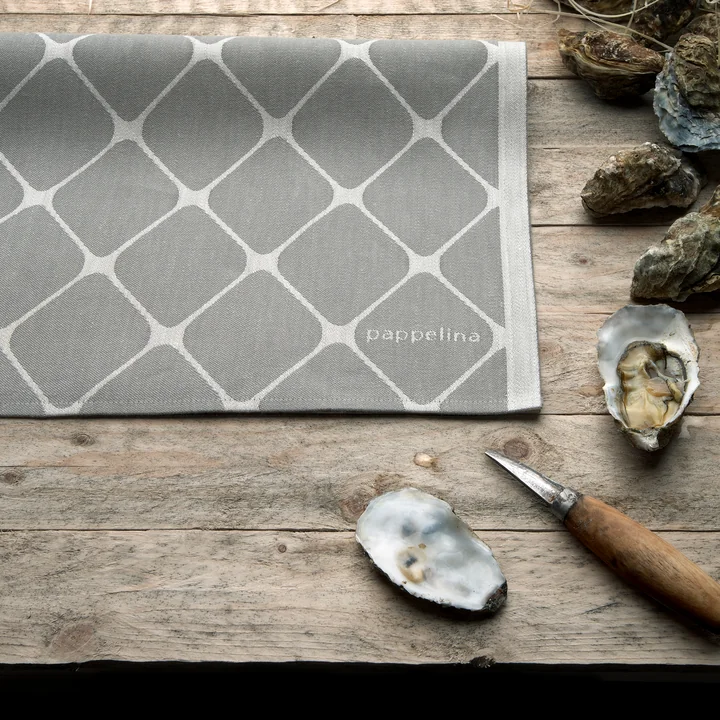
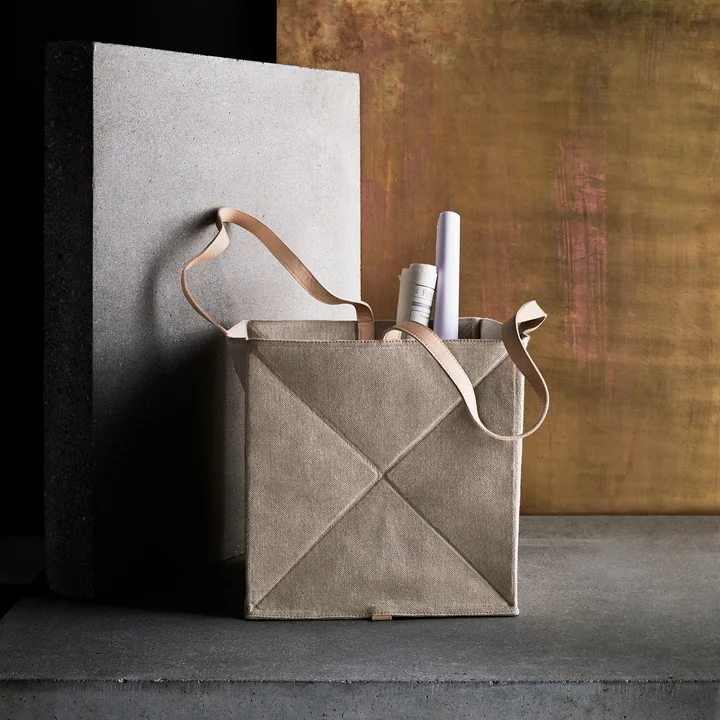



2. From Kitchen to Bathroom: The Use of Linen
Due to its lightness and grippy feeling, linen is comfortable on the skin and therefore a popular material for summer wear and bedding. In addition to linen bedding, the sustainable natural fiber is finding its way into our home in many other ways: The fabric is used today for more or less all home textiles you can think of.
Kitchen and Dining Area: A trustworthy little helper in every kitchen are tea towels. Tea towels made of linen feel comfortable in the hand, are firm, lint-free and durable. The same applies to potholders, napkins, placemats and linen tablecloths. Linen never fails to convince by its stability and longevity.
Living Room: In the living room we also find linen cloth more and more often. Whether it's a sofa, chairs, cushions, rugs or even lamps - everything comes in a modern linen-covered look and radiates calm naturalness.
Bedroom: Linen bedding is not just a must for allergy sufferers. The natural fabric reduces perspiration, cools in warm summer nights and feels pleasantly light on the skin thanks to its non-slip feel. The casual and sensual look is complemented by curtains and decorative cushions made of linen.
Bathroom: In the bathroom, towels made of half-linen are used and gently massage the skin with their striking feel. Accessories such as storage baskets made of linen are an absolute eye-catcher.
3. Variations: Not all Linen is the Same
Linen is only called pure linen when the material is 100% flax. If the fabric is at least 40 percent linen mixed with cotton, it is called semi-linen. Since cotton is absorbent, half linen is preferred especially for the production of towels. The higher the share of linen, the stronger and more crease-prone the fabric is. In return, it looks even nobler.
In its natural state, the so-called raw linen is creamy white. If you prefer different colors, linen can easily be dyed or be bought in many other variations - most of the time linen is sold in muted earth tones or delicate pastel colors to maintain the natural homely look of the material. Whatever color you choose, linen will always provide comfort and fit – with its restrained appearance – in both state-of-the-art new buildings as well as in romantic country houses.
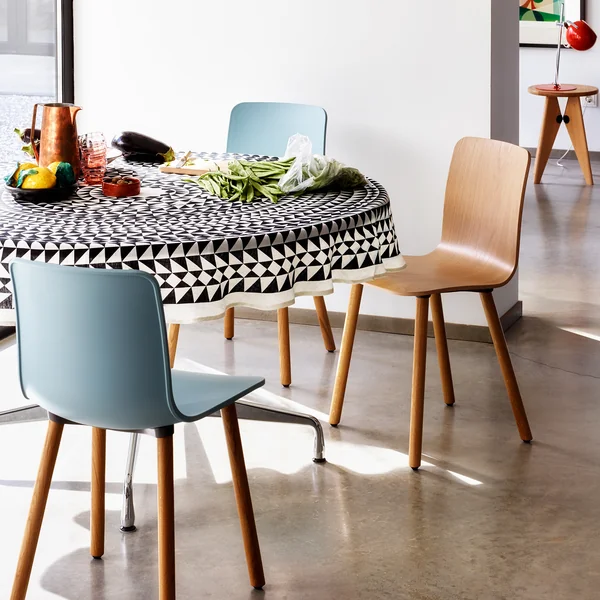
4. Care Tips: How to Take Care of Your Linen
The best thing about linen: every wash makes it softer, brighter and more absorbent. To help you enjoy your favorite pieces of linen for a long time, we have collected tips for how to take care of linen:
Washing Linen Made Easy
- Before washing for the first time, soak the linen home textiles in plenty of water overnight. This will prevent the fibers from breaking and producing kinks that can not be ironed out.
- Generally, linen needs a lot of water and space when washing - it has to be able to swim. Therefore, only fill the washing machine half and choose a fine wash cycle, which will bring more water into the machine. Newer models often have a "water plus" button.
- The right detergent for linen: Use detergents without optical brighteners. Neutral soaps and liquid mild detergent are most suitable. Do not use softener. This makes the fibers swell too much.
- Can linen be washed? Yes, but better be careful: Colored linen should be washed at max. 40 °C and stains treated immediately. Natural linen can be washed at 60 °C. Do not use stain remover, otherwise the fabric will fade. If necessary, you can also wash undyed linen at 95 °C.
- Does linen shrink while washing?
Since it is a pure natural fiber, linen usually shrinks by about 4%. However, the manufacturers produce the design pieces so that linen curtains, covers, tablecloths and co. so they still fit perfectly even after washing. - Can linen be dry-cleaned? No! Due to its creasability, linen should only be thrown low and not put in the dryer. Moreover linen can shrink by up to 15% in dryer. Simply hang linen on a clothes horse to dry. White linen can be hung in the sun, dyed linen should ideally hang in the shade.
- Iron the fabric while it is still damp. By ironing linen becomes shiny, stiff and crackling again.
5. Linen FAQ
Since When Does Linen Exist?
Linen has a long history. Linen has been systematically processed for at least 6,000 years and has always been appreciated for its hygienic and stain-resistant properties as well as its longevity.
Which Linen is Best for Bedding?
For linen, both pure linen and half linen is used. If you want to benefit from the particularly sweat-reducing, cooling properties, you should use linen made of pure linen - it absorbs moisture and does not stick to the skin. The additional cotton share in semi-linen makes the bedding however more elastic and cuddly.
How does Linen Soften?
Linen becomes softer over time and with each wash. Nevertheless, make sure to only use mild detergent.
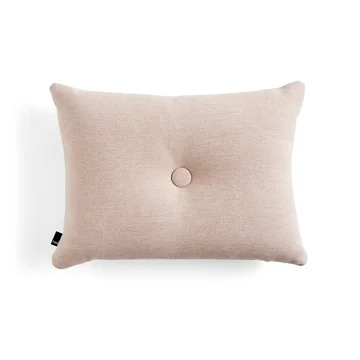 Our recommendations for you:Home Textiles
Our recommendations for you:Home Textiles
What Does Linen Cost?
Linen is relatively expensive compared to other fabrics, which is mainly due to the very complex and labor-intensive harvesting and processing of the flax fiber. Nevertheless, it is worth investing in textiles made of linen fabric, because linen is extremely durable and robust and convinces with unique properties.
In our shop you will get high quality linen towels for a low prize. Pillows, bed linen, tablecloths, carpets and lights are in the middle price range. Exclusive seating with linen cover can be found in the higher price segment.
Whether a small pillow, new bed linen or a chair with linen cover - try it and feel the difference!
